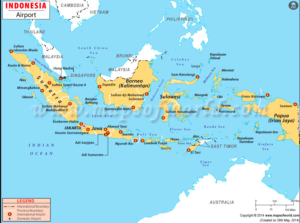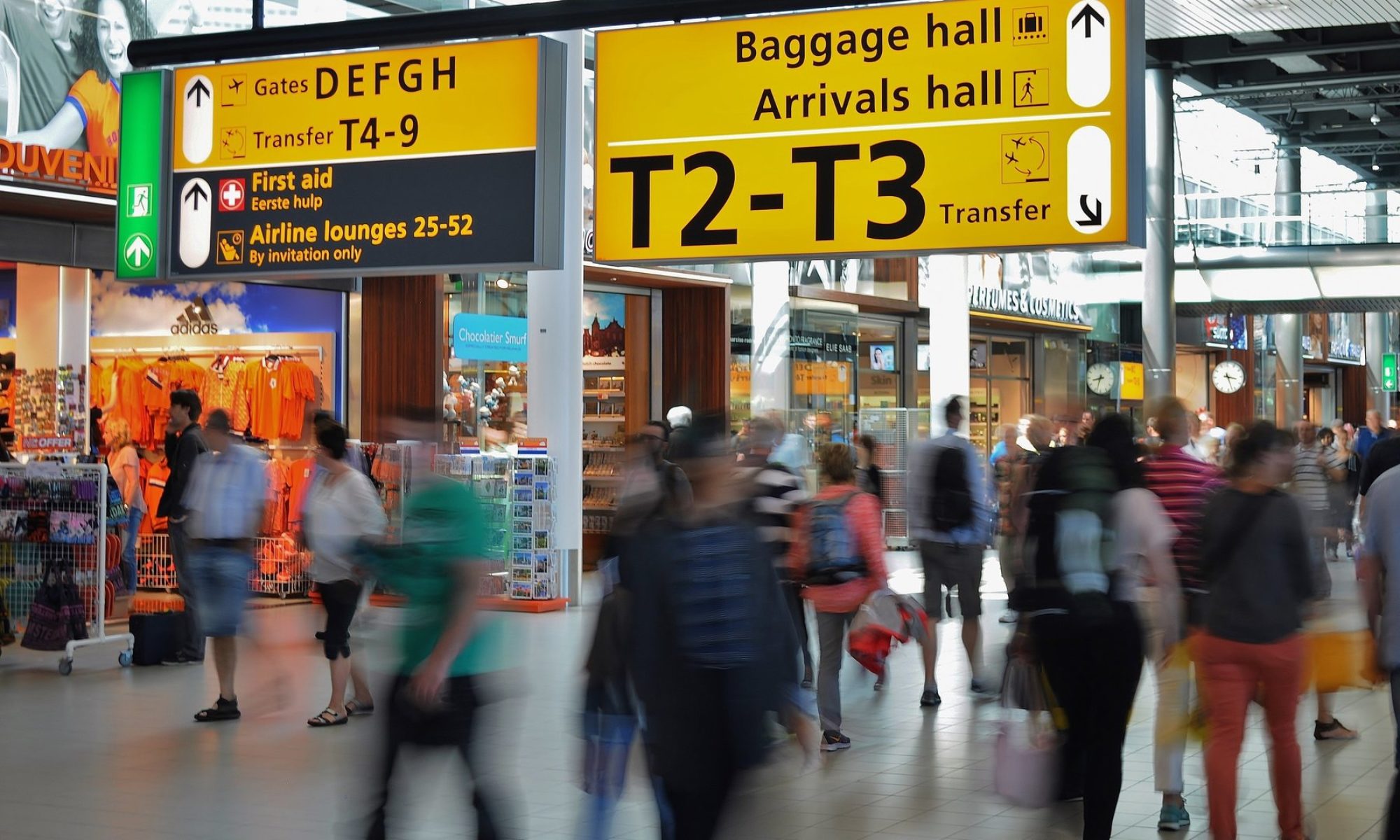 (Click to enlarge)
(Click to enlarge)
The Ministry of Transportation has given its support for the development of airport terminals specifically catering to low-cost carriers, as part of Indonesia’s efforts to lower travel costs and boost tourism.
“Be it specialized terminals or airports for low-cost carriers, we will certainly explore the matter further,” the ministry’s civil aviation director general, Agus Santoso, said on Tuesday (24/07), as quoted by Antara.
Indonesia took a cue from Malaysia and Singapore, which have been operating low-cost terminals over the past several years. The two neighboring countries last year attracted 26 million and 17 million foreign tourist arrivals, respectively. Indonesia only managed to attract 14 million.
Low-cost terminals, which provide only basic amnesties, could allow airlines make significant cost savings. This may allow them to offer cheaper tickets and in turn, attract more travelers, Agus said.
“The low costs are derived from minimal services, but we will nonetheless always uphold safety, whether it be for low-cost airlines, terminals, or even airports,” he said.
 The country’s largest airport operator, Angkasa Pura II, earlier announced a plan to transform Terminal 1 and Terminal 2 at Soekarno-Hatta International Airport outside Jakarta into Indonesia’s first low-cost terminals.
The country’s largest airport operator, Angkasa Pura II, earlier announced a plan to transform Terminal 1 and Terminal 2 at Soekarno-Hatta International Airport outside Jakarta into Indonesia’s first low-cost terminals.
The terminals are undergoing a massive revamp to update and expand facilities dating back to their opening in 1985 and 1992, respectively. Angkasa Pura II president director Muhammad Awaluddin said the company will use the opportunity to transform them into low-cost terminals.
Awalludin said he will reduce human involvement in low-cost terminal services, which would further trim costs. Terminal 4 of Singapore’s Changi Airport has managed to achieve that by implementing automated machines from the check-in counters, through baggage storage to immigration counters.
“Is Changi low in quality? No. Did Changi abolish many of its functions? No. So we will match that standard,” he said.
Awaluddin said Soekarno-Hatta Airport’s low-cost terminals would further benefit budget airlines currently operating from there, including the country’s largest, Lion Air and Citilink.
Note: Angkasa Pura is the name used by two separate state enterprises of the Indonesian Department of Transport that are responsible for the management of airports in Indonesia. The two companies are PT Angkasa Pura I and PT Angkasa Pura II. Angkasa Pura I has its head office in Jakarta, while Angkasa Pura II has its head office at Soekarno-Hatta International Airport in Tangerang, Banten.
Source: Retailnews Asia



 In an urgent bid to address overcapacity and modernize existing infrastructure, the Indonesian government has turned to the private sector to fund a series of airport projects across the sprawling archipelago. In recent days, the government has revived talks of a new $10 billion international airport to serve as an alternative to Jakarta’s Soekarno-Hatta Airport, which has operated beyond design capacity for more than 10 years. Authorities have earmarked reclaimed land some nine miles north of Soekarno-Hatta for the project, plans for which call for financing from a private-public partnership scheme between investors and state-owned PT Angkasa Pura II.
In an urgent bid to address overcapacity and modernize existing infrastructure, the Indonesian government has turned to the private sector to fund a series of airport projects across the sprawling archipelago. In recent days, the government has revived talks of a new $10 billion international airport to serve as an alternative to Jakarta’s Soekarno-Hatta Airport, which has operated beyond design capacity for more than 10 years. Authorities have earmarked reclaimed land some nine miles north of Soekarno-Hatta for the project, plans for which call for financing from a private-public partnership scheme between investors and state-owned PT Angkasa Pura II.
 The country’s largest airport operator, Angkasa Pura II, earlier announced a plan to transform Terminal 1 and Terminal 2 at Soekarno-Hatta International Airport outside Jakarta into Indonesia’s first low-cost terminals.
The country’s largest airport operator, Angkasa Pura II, earlier announced a plan to transform Terminal 1 and Terminal 2 at Soekarno-Hatta International Airport outside Jakarta into Indonesia’s first low-cost terminals.